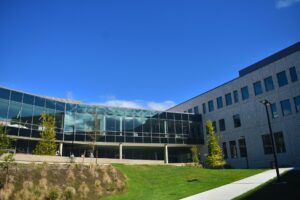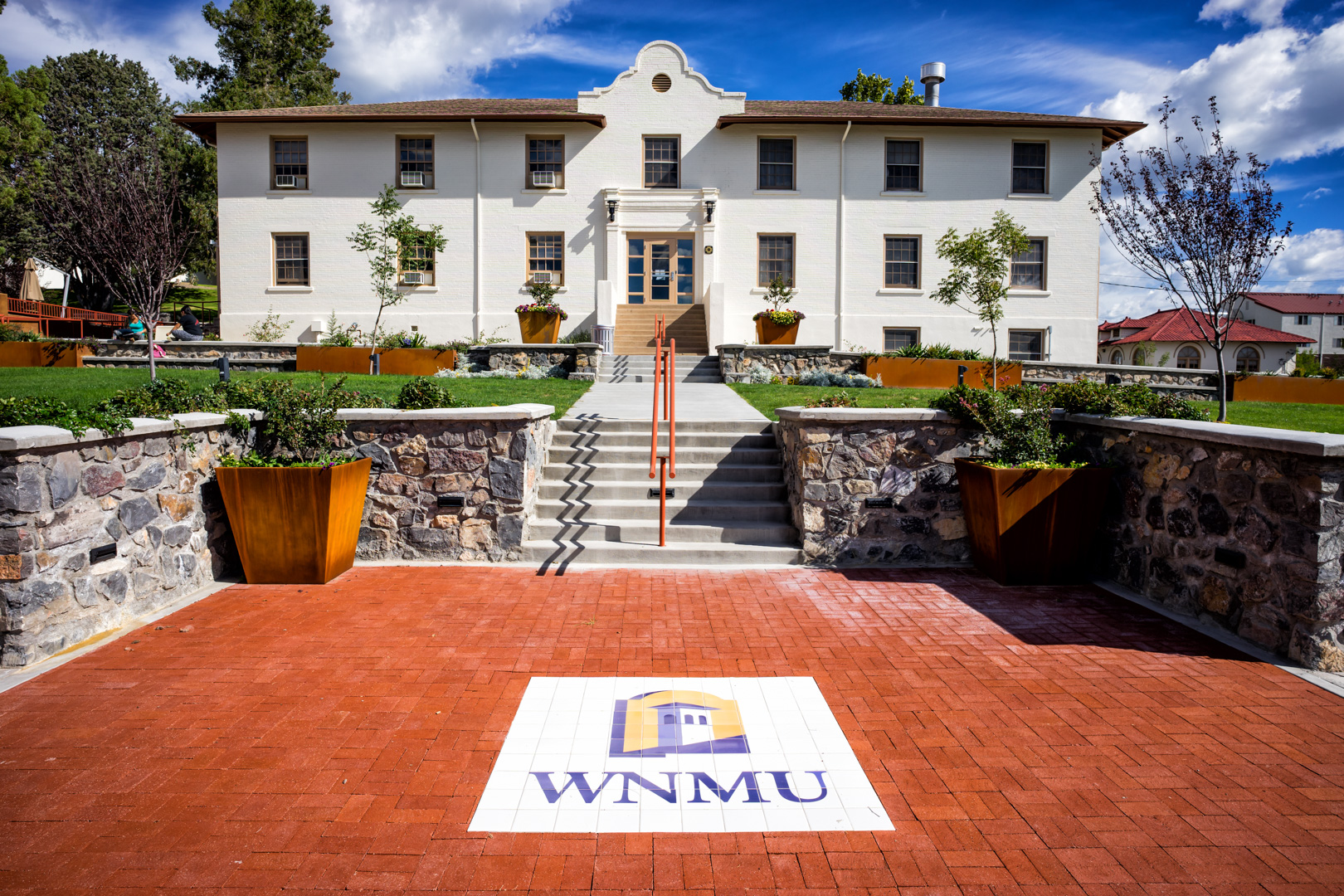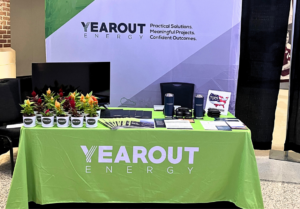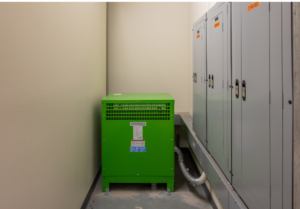Texas K-12 school districts have been embracing the many benefits of performance contracting for decades. Energy Savings Performance Contracting (ESPC) is a budget-neutral approach to make building improvements that reduce energy and water use and increase operational efficiency. With ESPC, school districts can leverage their savings on utility bills and operations and maintenance costs to pay for everything from new lighting and HVAC systems to stadium lights and turf.
Funding Sources for Texas ISDs to Access Performance Contracting
There are three ways these projects are often funded upfront in Texas.
- First, the governmental route taps into the State Energy Conservation Office (SECO). SECO allows public entities such as schools, cities, and counties to obtain low or no-interest funding to perform energy-efficient retrofits. In Fall 2021, SECO extended $500,000 lines of credit for 12 years with a 0.25% interest rate for HVAC and indoor air quality improvements. Although hundreds of thousands of dollars are available to school districts, it’s often difficult to access these funds due to lack of notice and/or unfamiliarity with the application process. Yearout Energy is a partner in accessing these funds; experts on our staff alert ISDs to funding opportunities and can even fill out the complex application paperwork.
- SECO is popular when interest rates are high. However, when interest rates are low across the board, as they are in 2021, ISDs can go through traditional financing avenues, such as banks. This is the second popular method of financing.
- Lastly, tax-exempt lease purchase agreements (TELP) are also commonly used to fund performance contracting. These are also known as municipal or abatement leases. Under these lending structures, a lessee purchases equipment through scheduled installments paid over the term of the lease. TELPs are not specific to Texas; they are available in most states. They’re often treated as off-balance sheet transactions, depending on whether the language of the lease includes “non-appropriation” or “abatement” language. This language may allow it to be classified as a series of renewable, short-term lease payments. Thus, public entities can avoid voter referendums they may otherwise be obligated to carry out before entering long-term financing.
Best Practices for ISDs to Get the Most out of Performance Contracting
First, many ISDs fail to access the depth of facility improvement measures (or energy conservation measures) possible through ESPC. ISDs tend to focus on items that have short-term paybacks. They may opt to retrofit their lighting systems, which may, for example, take only five years to pay back through utility bill savings. When ISDs fail to reach beyond this low-hanging fruit, they’re leaving vital facility improvements on the table.
Yearout Energy recommends merging multiple facility improvements into a single project so that the bucket of savings created by energy efficiency projects can be leveraged into projects with long-term paybacks. This could include facility improvement measures such as a new HVAC system and a new roof. Both will improve energy efficiency almost immediately; however, they may take a decade or two to pay back the upfront costs. With that said, students, faculty, and administration will also benefit from the immediate improvement in comfort levels in their facilities as a result of some long-term measures that are optimized for the facility in which they are installed.
While improvement measures such as fixing a leaky roof might not be high on the priority list, it’s also possible to use performance contracting to access wish list items.
ISDs can leverage performance contracting to fund desirable but difficult to pay for items such as:
- Renewable Energy and Energy Storage
- Installing stadium and parking lot lights
- Replacing a grass field with turf.
(A turf field realizes efficiency through water and maintenance savings; it also saves money for ISDs’ bottom lines by deleting expenditures on fertilizer and pesticides.)
Best practice dictates that ISDs combine items that will realize short-term savings, for example, five years, with those that require longer-term paybacks, for example 25 years. Together, these might average to a 15-year contract, but the ISD can fund everything it needs now.
Second, ISDs can take advantage of ESPC by accessing contractors through buying cooperatives or simple co-ops. Co-Ops provide their members access to a wide range of products and services through a streamlined procurement process to optimize their business. Because the co-op has already vetted its suppliers and contractors, ISDs can rest assured these providers are qualified and trustworthy.
Performance Contracting’s Prime Time
With the release of the federal Elementary and Secondary School Emergency Relief Fund and more federal funding focused on energy efficiency on the horizon, it’s prime time to leverage performance contracting.
Many ISDs are waiting until they have money in hand to begin searching for contractors or even conducting energy audits — all while the clock is ticking on these first-come, first-serve funds. This places the district at risk of losing out on critical monies to finance capital projects.
Design/build contractors like Yearout Energy can create a shovel-ready project prior to funding coming through. The project can be scaled up or down easily based on actual dollars received. With 90% of the project development work done ahead of time, ISDs can move to the construction phase more quickly.
Get the Best Performance Contracting Experience with Yearout Energy
Yearout Energy’s time-tested experience with design/build construction, commissioning, and energy and water conservation measures make us the perfect partners for performance contracting. To learn more about performance contracting and how Yearout Energy can help save you time, resources, and money, get in touch with us today.









